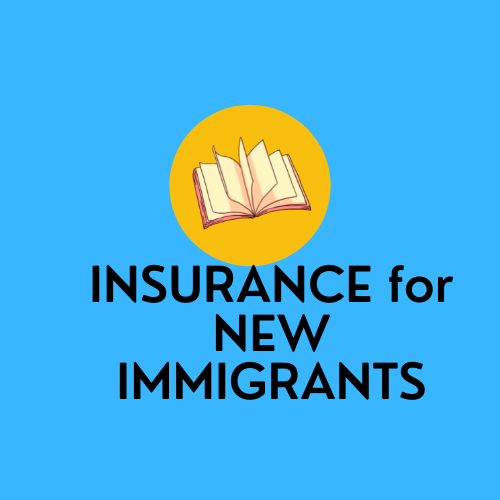Usually, the client is evaluated with a simple questionnaire model, answering questions such as age, marital status, health condition, occupation, among others. The insurer then submits this to statistical models and prices the insurance according to what it will insure and your lifestyle. But how does each of this information influence the price of insurance? Read on to find out.
What raises the price of insurance: being young or being old?
Age can make insurance more expensive or cheaper, depending on the risk being analyzed. For example, for car insurance, the driver’s maturity counts, and this is usually measured by age or driving time.
In relation to life insurance, old age ends up becoming more expensive, since the risks of diseases and infections end up being greater than in youth.
The age criterion can often be offset by other parameters related to lifestyle. A young customer looking for life insurance may have a policy that is more expensive than an older customer if the youth participates in higher risk activities and has unhealthy habits.
What is considered risk for my vehicle insurance?
The make and model of the car are taken into account for the cost and frequency of maintenance. In addition, the insurance is more expensive if the type is targeted for theft.
Older cars have a very high insurance value compared to their market price. This is due to the lower availability of spare parts, greater need for maintenance and less guarantee of the vehicle’s state of conservation. However, when comparing the face value of insurance between new and old cars, the difference is not that great. Therefore, each risk must be considered separately.
Depending on the risk coverage that is made for the vehicle , the insurance can become more expensive or cheaper. A plan that covers theft, fire, collision, and third-party liability is, of course, more expensive than a plan that only covers one of these risks.
Insurance risk analysis: Do insurers consider my lifestyle?
In the car insurance market, the frequency of use and the general condition of the car are parameters considered to assess the customer’s lifestyle. Cars used very frequently will be rated at higher risk and therefore will be more expensive.
If the customer wants property insurance, involving coverage against theft, it will be cheaper if it is observed that the property is being well guarded and that the customer is concerned about security.
Even an agricultural producer who needs coverage for damage to rural production machines can be evaluated for his care with the equipment.
Why does my marital status affect the amount of insurance?
Marital status is often used as a lifestyle criterion. The classification of the behavior of married and single people comes from statistical bases that reflect these patterns.
Single people typically go out more at night, are more socially active, and are therefore considered to be a higher risk group than couples.
A couple with children usually has very different assessments from single people without children, since the child greatly influences the lifestyle of a couple. Therefore, insurance that relates to lifestyle risks is cheaper when the client has children.
Does the place where I live affect only my property insurance?
The neighborhood where the client lives can influence the risk of accidents that happen close to home. If the accident rates are high in the region, the insurance company may assess that its client is at risk every time he is leaving or arriving home.
Generally, the population density of the region is used as a parameter to assess whether the risk of car accidents is large or small. Thus, a busier neighborhood will have more expensive car insurance.
The safety of the neighborhood is also taken into account not only for the property, but also for the protection of the car, insured assets inside the house and the client’s own life. Taking out insurance for dangerous places is generally more expensive.
Virtually any information about a customer’s lifestyle can be used in evaluating a policy. Insurance risk analysis uses statistical validations as a price and feasibility parameter whenever a customer requests the service and, therefore, the insurance value is usually very precise and calculated.






















